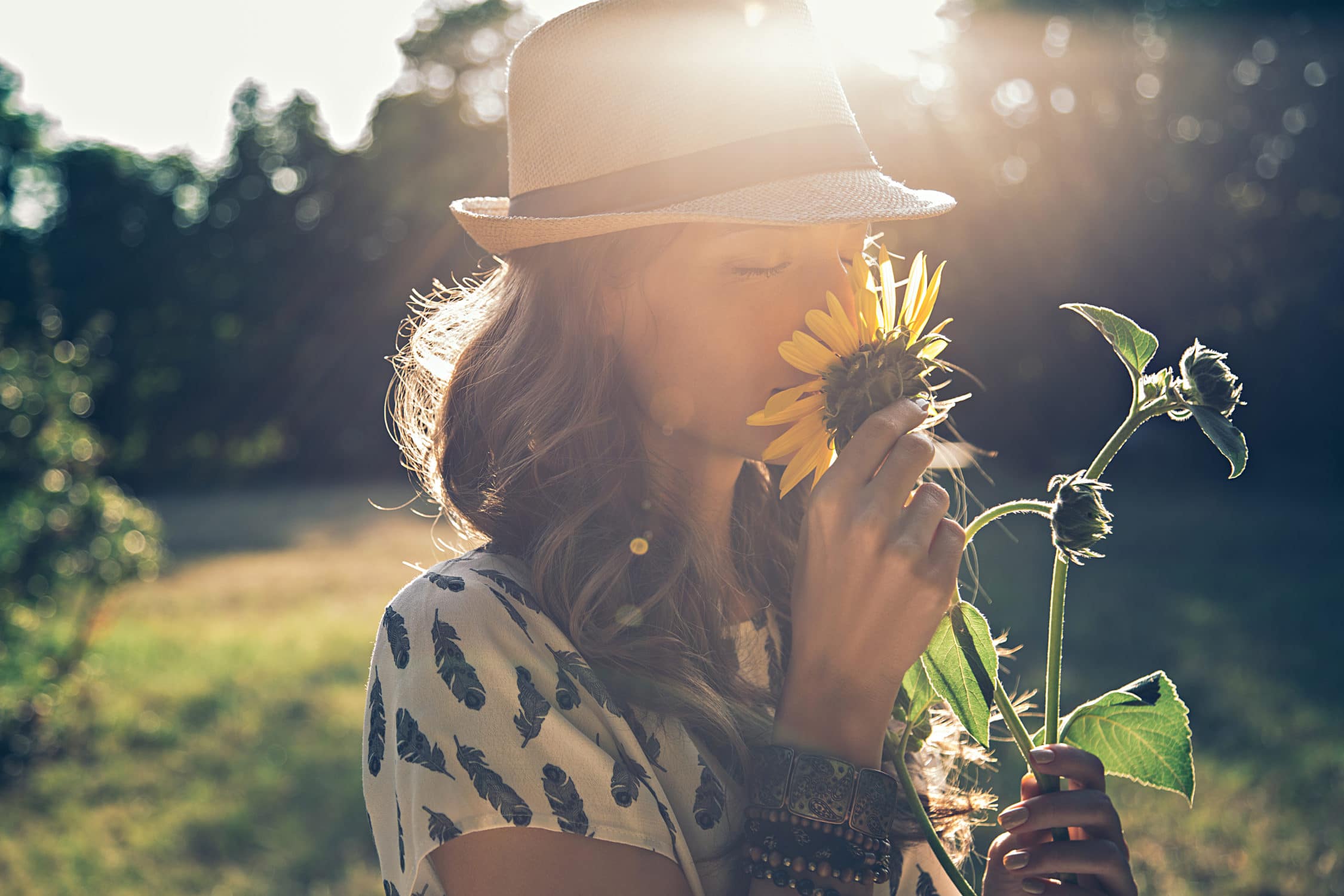
I have tripped and fallen many times over the same knotty root, that bulges up from time to time in the path of my sustainable recovery: how to find the right balance between action and non-action.
In some moments of pause I’ve reflected and concluded, “I see, it’s all about right action – right acting my way into right thinking!” (as the AA slogan goes). At other bends of the path, the truth seems to be the opposite. I find myself thinking that at the end of the day, the true success of recovery is nothing more than the simple-but-not-always-easy art of surrender. Not doing, not planning, not acting, but rather learning to receive – in the spirit of a bumper sticker I’ve seen and liked: Don’t just do something, sit there!
Normal people may have the dubious privilege of continuing to direct their lives from a mindset that favors self-directed and willful action over surrender. They might enjoy the (I would say illusion of) mastery, control, and dominance over their life’s unfoldment. People of this orientation may pride in being masters of their own destiny. But those of us in recovery, through the curious humbling awakener of addiction, have learned to be wary of the perils of running our lives from our small, limited, and at times, quite corrupted egos.
Living life from the ego, or the small self, doesn’t fit with sustainable recovery, and yet there are still times when, as I said, heroic, willful action is required, when it seems that we are being asked to battle, fight, and be strong to protect our recovery from the menacing return of a spirit of addiction, and to maybe take some of our destiny into our own hands. After all, God helps those who helps themselves, and so on.
I believe that both are true: Success in recovery hangs on the ability to move into action when everything is lined up for action, and sometimes we even need to get out the inner warrior and fight tooth and nail for our sobriety. At the same time, there are many spiritual rip tides which may overcome us, where the key to passing through them alive is to “let go and let God.” The question of when to take which actions, and in which spirit, probably perplexes many of us recovery sojourners as we pick our way along the path.
A metaphor I’ve been finding useful lately is to think of the relationship between a gardener and nature. Nature is the larger force, both kind and fierce, to whom the gardener is attuned, dedicated, and ultimately submissive. The thought of this relationship allows me to hold a conception of “right doing” that is anchored around being proactive about taking those actions which will actually facilitate and allow growth of recovery. In other words, to be like a nurturing, wise gardener who can feel through the rhythms of nature what actions are required, when.
In tune with the many messages of light, season, warmth, and the cycles of change, always taking her cues in surrender to the laws of nature, a good gardener is able to see that the window for action is now, and understands which type of action to take – is it time to prepare the soil, to add nutrients? Is it time to start seeds, to transplant, to thin? Is it time to water and wait, having patience and faith in spite of no outward sign of progress? Is it time to see that fruit is coming, and to do everything in the world to protect it against corroding forces? Is it time to harvest and share? Or is it time to accept that harvest is over for now – is it time to call something done and cut it back, bury it, let it rest and decompose?
With this mindset the question isn’t whether it’s me-generated action or total surrender that fits, but rather how I can join these – how can I, little me, take actions which arise from a larger surrender, in acknowledgement of the fact that I play only an assistant role to the life force within me that is driving my sustainable recovery. With this frame I see that recovery, like nature, grows on its own in spite of many obstacles, and was always there, growing, even when I was completely in its way. Imagine how much it might thrive if I don’t interfere, if I listen to it, if I align myself and my actions to it, instead of throwing myself against it.
There are actions which facilitate, support and enable the guiding spirit of our recovery, that life force to which we surrender our lives, to really have space to grow and expand here in this world. With this idea my job becomes simpler: it is to understand what my recovery needs every day, and in every season, and give that to my sustainable recovery.
What might my recovery need? Like organic life, my recovery needs a combination of things: exposure to sunlight, water, air, and nutrients in the right amount at the right time. Time overwintering in the dark, as well as time in warm moist nutritious soil. It needs different things at different times, depending on what’s going on in the environment around me as well as my own developmental stage.
A key ingredient for supporting our recovery is light, which may be analogous to how much exposure we are able to give ourselves to the “sunlight of the spirit”. How can we arrange our lives so that our recovery has enough transformative exposure to spirit? Can we go to meetings that have many spirit-filled old timers in them, can we listen to sacred music, read texts that open up the spirit inside us, expose ourselves to people and places that carry higher frequencies and vibrations? Are we placing our recovery enough in the light, or are we in the shadow of someone or something in or outside of us that blocks out our ability to receive?
Likewise, is there enough fluidity, succulence, and “wetness” in my recovery? Is there enough emotion, enough yin, enough female principle, or have I become too rigid, bossy, or dry in my approach? Action steps to support my sustainable recovery with enough “water principle” may include letting myself participate in yin yoga, tai chi, to be in and near water, to drink water, to learn from it, to allow myself to get slow and receptive enough to savor, to not be rushed.
Plants also need space and air – this may be analogous to the breath, and whether I am giving myself enough space. Am I letting my recovery “breathe”, do I let a gentle breeze touch its leaves, or am I in an overly stagnant, too-sequestered space? Or am I expecting myself to thrive in an overly challenging gale of forces my recovery is not rooted enough to withstand quite yet? Do I need more protection?
Am I nourished? Am I making sure that I add to, give increase to, give back to, and enrich my recovery, feeding my sustainable recovery nutrients which cause me to feel that I am satiated, that I have enough? Do I insist that I be around people and places that are genuinely nourishing, whatever that means to me?
Finally, do I let my recovery “overwinter” sometimes? Do I allow the death and decomposition principle to work in peace, to take from me that which is no longer vital and alive, which needs to be dropped off and allowed to become something which is fed back into the soil?
With a gardener’s mindset, I can focus on which actions will support the life of my recovery to thrive. Nourishing the ground of my recovery so that its roots are fed, defending the space around my recovery so that it can breathe, moisturizing the ground of my sustainable recovery so that it can grow succulent and supple, exposing myself to the sunlight of spirit, and finally, honoring the cycles of death and life, understanding that death of outdated and done parts of me and my life creates nutrients my recovery needs in order to continue to grow strong.
May these words be beneficial to you today.


